The world is becoming smaller
There is easier flow of goods, commodities and finance among the countries around the world.
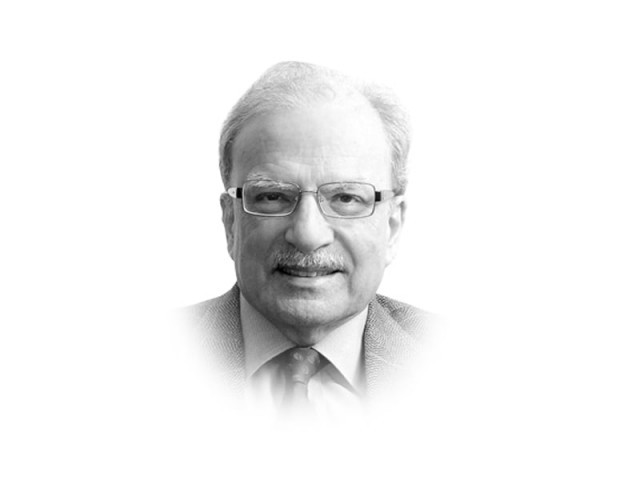
The world is becoming smaller but not in the literal meaning of the word "small". Countries around the globe are getting closer because of the ease with which they are now connected. Economists have called this the process of globalisation. There is easier flow of goods, commodities and finance among the countries around the world. Even people are able to cross international frontiers without many obstacles placed in their way. A recent report published by the United Nations Department of Economic and Social Affairs (DESA) provides indication of the extent mixing of populations has occurred.
To quote from the UN report, in 2024, 3.7 per cent of people globally were international migrants, having increased from 2.9 per cent in 1990. The United States hosted more migrants than any other country in the world with 52.4 million people of foreign origin living in the country. American nationalists such as Donald Trump and Elon Musk call this the dilution of the country's blood. By whip they mean both the colour of the skin and the religion Americans follow.
Germany was the second leading destination for international migrants, hosting 16.8 million in 2024, followed by Saudi Arabia (13.7 million), the UK (11.8 million), France (9.2 million), Spain (8.9 million), Canada (8.8 million), the UAE (2 million), Australia and Russia (7.6 million each) , Türkiye (7.1 million) and Italy (6.6 million).
The UN report says just under half (48 per cent) of all international migrants were women and girls. In Europe and Northern America, as well as in Latin America and the Caribbean, women and girls comprised around half of all migrants and their share was largely unchanged between 1990 and 2024. The UN agency does not explain why so many women are migrating. It could be that they find it easier to make a living in the foreign lands to which they moved than in the countries from which they come.
Most of the large migrant receiving countries are facing sharp declines in the rate of growth of population. Demographers have concluded that the replacement rate of 2.1 children per woman would keep the size of the population steady; anything more would mean increase in population, anything below would result in population decline. North America; Europe, including Russia; and China have below replacement rates of human fertility with the result that their populations are declining in size. Pakistan has one of the highest in the world, matching those of several countries in Africa. This is the reason why less than eighty years after the country became independent, its population has grown eight-fold, from 32 million to 240 million.
The continent of Africa is going through a population explosion and in a decade are so more children will be born in Africa than in any other part of the world. There is population imbalance between Europe and Africa. Europe needs people while Africa has more people than it can accommodate. The result is whether Europe likes it or not, many Africans are climbing into rickety boats and crossing the narrow Mediterranean Sea. Not all boats are sea-worthy enough to make the crossing; any day quite literally they break under the weight of human beings loaded on them. Thousands of Africans have perished in attempting to cross the sea and get into Europe.
Although Europe needs people to fill the gap created by the decline in its population for demographic reasons, the need is there, especially for those who are young and the continent of Africa has millions that it can't fully support. However the need, Africans' arrival in Europe is mostly unwelcome. Both skin colour and religion play important roles in the common hostility shown by most continental Europe towards migrants from Africa. Those arriving from Africa and landing on the shores of the countries on the northern side of the Mediterranean are back and follow the Islamic faith. Europeans want to remain white and Christian. Darkening of the continent and the arrival of Islam have caused considerable anguish in many parts of the continent.
Italy is not the only European country in which migration has pushed the political system way to the right of the politics spectrum. It has elected a prime minister who is both against migration and against the entry of Islam into the continent. Germany has had the same experience although former chancellor Angela Merkel welcomed a million Syrian refugees into her country who were fleeing a bitterly fought civil war in their country. Their arrival was initially welcomed into the country but, following a couple of crimes attributed to them, resulted in the rise of rightist parties in several states in in the eastern part of the country. Once again skin colour and religion had played their roles. Germany has been very receptive to receiving refugees from Ukraine, a white and Christian country. The Germans are gradually leaning towards the far right Alternative for Germany, or AfD, which was founded in 2013 but gained support after Merkel's welcoming approach towards the Muslims from the Middle East who were leaving their war-torn countries in search for safe living.
Large migrants-receiving countries as noted above don't include China. While Pakistan is a large people-exporting country, China is not the country to which many Pakistanis have moved in large numbers. One conclusion I have reached in this piece of work is that that should change. Given the enormous demographic differences between China and Pakistan, the latter could develop intuitions with the help of China to fill the youth-gap Beijing is now facing. While China has one of the oldest populations in the world, Pakistan is on the other side of the demographic spectrum. It now has one of the world's youngest populations. With China making quick advances in the area of artificial intelligence, it needs millions of young people to be employed in this activity. This is where Pakistan could be of help. However, to provide China with the young people it needs, Pakistan will need to properly educate and train them.
One way of filling the skill-gap is to work with China to establish advanced educational and training institutions in which the type of expertise China needs can be developed. A few institutions can be established by China in collaboration with the public and private enterprises in Pakistan. These could be located on the motorways that are close to the Chinese border. People trained and educated in these institutions could move to China on a temporary basis or set up with Chinese help and work in Pakistan for the enterprises based in China.


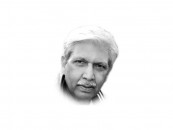
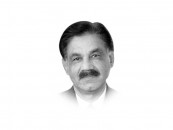
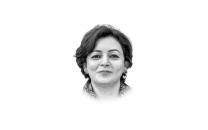
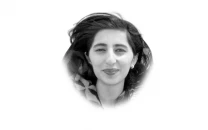
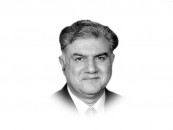



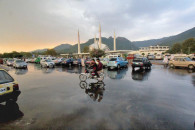
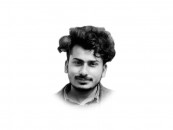
COMMENTS
Comments are moderated and generally will be posted if they are on-topic and not abusive.
For more information, please see our Comments FAQ